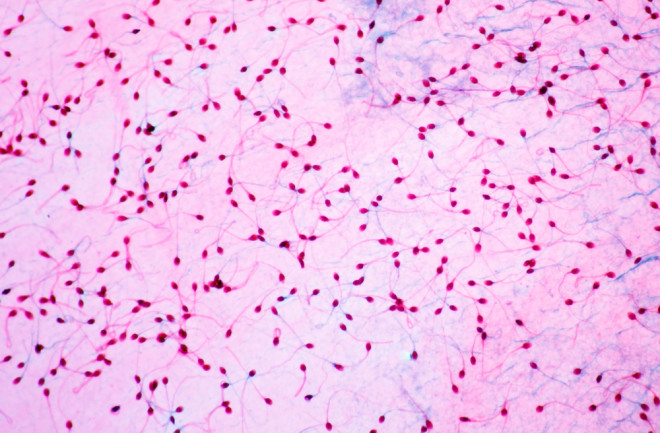No cell in the human body is more ambitious than sperm, it seems. It’s the only cell that performs the job usually reserved for entire organisms: leave your home, and survive long enough to reproduce.
To accomplish this, sperm has evolved as the most diverse of all cells. Most of us picture one as a tiny swimmer with a head and a long tail. But sperm cells can vary widely in appearance based on the creatures they inhabit. Crustaceans called ostracods have sperm cells consisting almost entirely of the head. Some mollusks produce spermatozeugma: a type of giant helper sperm that fertilizing swimmers cling to like smushed commuters cling to bus rails.
Even more astonishing than their variation in appearance is their variation in size. The standout example occurs with Drosophila bifurca, a North American fruit fly that measures less than half an inch long. Yet the tiny insect produces sperm up to nearly 3 inches long.







